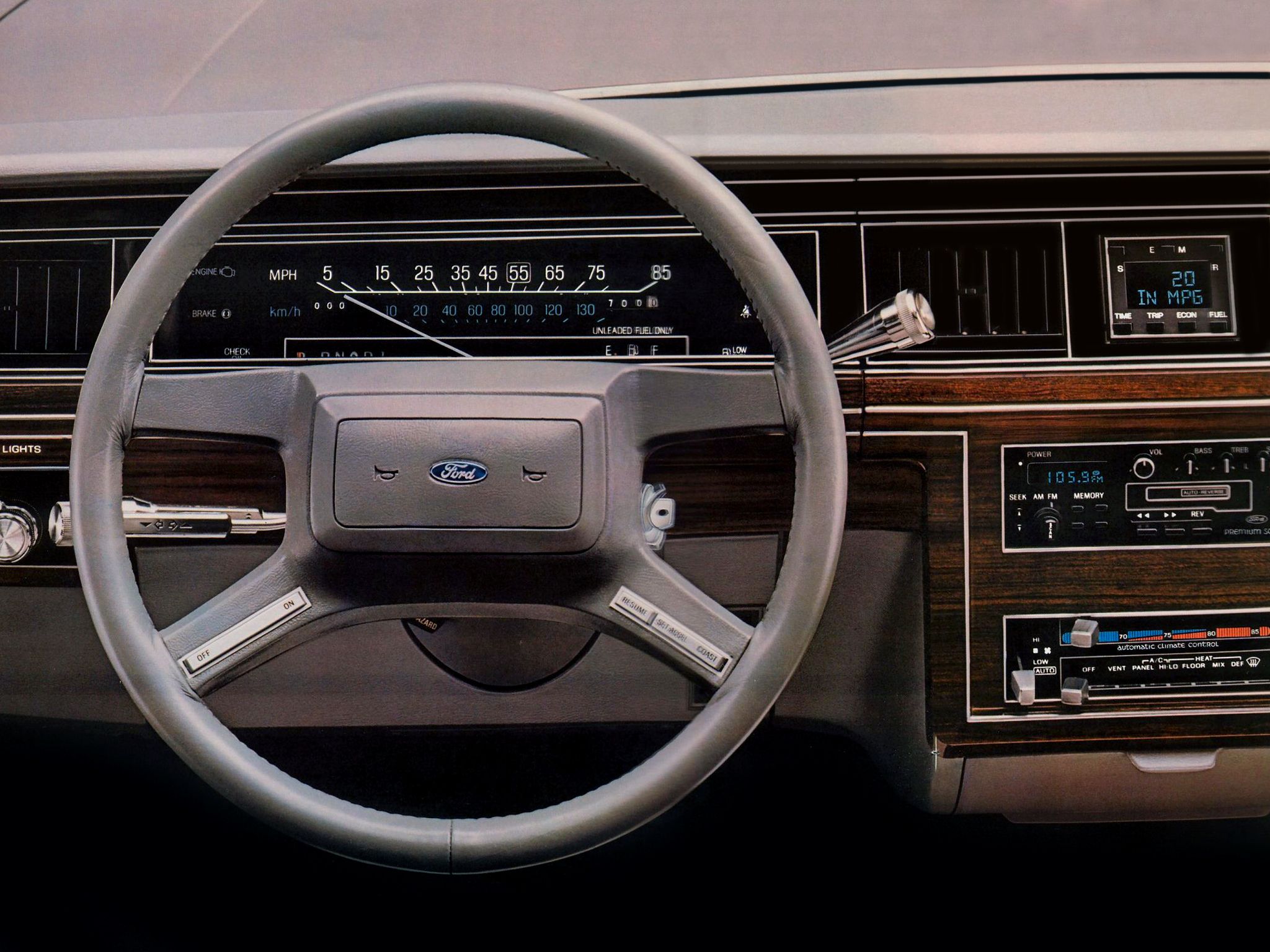In our new TopSpeed series about the most incredible car facts in the world, you will be treated with five of them every week. For this week, I will go back to 1888 and Martha Benz’s first voyage in the very first automobile. Then, I’ll tell you all about the curiously low car and explain how horses were bigger pollutants than cars.
Let’s start with something unexpected though.
The last Car To Play Cassettes Was The Ford Crown Victoria
The Ford Crown Victoria is an icon. An icon like no other, but the fact that it had an option for a cassette player even in 2011 is, at least, curious. Not as curious as for the fact that in 2010, the Lexus SC430, an advanced convertible, had a cassette player factory installed too. Nevertheless, transitioning from 2010 to 2011 saw the cassette player's demise.
“Lexus was the last holdout,” said Phil Magney, Vice President for automotive research for the IHS iSuppli Corporation, back in 2011. “We actually stopped tracking cassette players in cars some time ago. Now the question the automakers are asking is, how long has the CD got to go?”
Well, the CD is all but gone. People are using USBs, linking their phones with cars’ infotainment systems, or even stream music directly from the Internet via some app. The way we listen to music has evolved dramatically over the past half of a century, and I am really interested in what the future will bring. While the cassette player would be a stimulating experience in the world today, tomorrow will undoubtedly bring something even more detached, but far more convenient than Internet Spotify streaming.
The World's lowest Street-Legal Car Was Batman Inspired
It is called the Flatmobile, and it is only 19 inches tall. Constructed by Perry Watkins from a 1963 Hillman Imp, the Flatmobile is clearly inspired by the Batman theme. To complement the homage to Batman the right way, Watkins actually went an extra mile and installed a jet engine in it. The engine sits behind the Hillman 875 combustion engine and thanks to it the Flatmobile is powered by two means of propulsion.
Perry Watkins has been building strange cars for more than 30 years now with the
As the Flatmobile sits only 2 inches above the ground, I cannot imagine anyone traveling too far with it. That is not the point though as Watkins actually managed to go to the extreme in creating something that the governing bodies would actually legalize.
Horses Were Causing So Much Pollution That Cars Were Seen As The Green Alternative
At any given time in the 19th century, the streets of New York were overwhelmed with 100,000 to 200,000 horses. Considering that every one of them produced 30-50 pounds of manure and a quart of urine per day that ended up on the streets, you may only imagine the odor and the dirt on New York streets. The problem was so ecstatically large that the New York state controlled the “dirt carting”, the business of cleaning the streets that had to be licensed.
Actually, there was so much manure that some of it ended up in the water supply.
Similar problems with horses (and animals in general) have been reported in other large cities as well. The manure was not the only issue. In 1880, 15,000 horses died on city streets of New York. The City had to remove all the corpses, but many of them were left to decompose right there on the spot. Can you even imagine the colossal health benefits the introduction of the car actually brought to the city?
The Most Important Test Drive In The History Of The Car
Karl Benz and Bertha Benz invested heavily in what would become the first automobile in the world. Yet, the road to success wasn’t paved with golden bricks. Instead, Karl Benz did not believe that his invention would bring any good. His wife, a long-time supporter and a motor vehicle construction pioneer sought out ways to publicize the invention and help Karl build up his confidence about his invention. To do so, she took her two sons Richard (13) and Eugen (15) for a 66-mile drive in the Benz Model III.
During the test drive significant advancements happened:
-* She made the first brake pads from leather when the wooden brakes started to fail
-* She figured out that along with two gears, the car needed a third gear, so it can take on steeper inclines (like a low gear)
-* The car needed a better cooling system
-* It needed a fuel tank and much more.
This test drive was the most important test drive in history. It may be that this test drive gave us the car as we know it.
The First Car To Use A Rear-view Mirror Was A Race Car
Elmer Berger is the guy credited for inventing the rear-view mirror in 1921. However, some information suggests that people were experimenting with rear-view mirrors in the first decade of the 20th century as well. Women apparently held their makeup mirrors in cars in attempts to see what’s behind.
Installing the mirror in a race car had a huge benefit for Harroun as he did not have to drive with a mechanic in his Mormon Wasp. This was definitely important considering that the other guy in the car actually informed the driver about the cars nearing from behind. With a “3-inch-by-8-inch mirror in a makeshift case mounted above his dashboard”, Harroun did it all by himself. This is the first documented case of a mirror photographed on a car. However, Harroun said that he had mirrors even on the horse-drawn carriages at the time he worked as a taxi driver in 1904.


